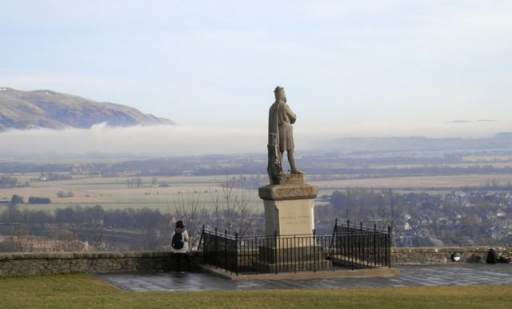The Scottish city of Stirling launches three days of commemorations today (June 4th 2015) to mark the 100th anniversary of the 52nd (Lowland) Infantry Division arriving in Gallipoli.
The division trained in Stirling before joining the Allied operation aimed at forcing Turkey out of the First World War.
The historian, Professor Sir Hew Strachan, will consider the campaign and its wider importance in a public lecture at Stirling University tonight.
Professor Holger Nehring, Head of History and Politics at the University of Stirling, said : “The commemorations of the Battle of Gallipoli are a stark reminder of the local impact of a global war and throw into sharp relief just how much we have learned from the experiences and hardships of soldiers who fought and died at Gallipoli.”
Further events planned by the university and Stirling Council include the launch of a secondary schools writing competition; a play at the Albert Hall; an international academic workshop, and an exhibition of images, uniforms and equipment exploring the impact of the First World War on Stirling and Scotland.
A schoolchildren’s poppy field installation will be on display at Stirling University until June 14th.
The events, planned in partnership with the Scottish Government Commemorations Panel, form part of Scotland’s national Centenary programme in 2015.
Cabinet Secretary for Culture, Europe and External Affairs Fiona Hyslop said: “Throughout 2015 – the busiest year so far in Scotland’s five-year commemorations programme – we will continue to encourage people in all parts of Scotland to join with us to consider the impact of the First World War, which claimed the lives of more than 100,000 Scots and left many more injured or disabled.
“As we hit the significant milestone of the 100th anniversary of the arrival of Scottish troops at Gallipoli, it is right to reflect on the impact of the campaign and the sacrifices made.”
More details of Stirling’s remembrance can be found on the University of Stirling website.
Source: Scottish Government; University of Stirling
Images courtesy of Katharine Melville
Posted by: Peter Alhadeff, Centenary News
